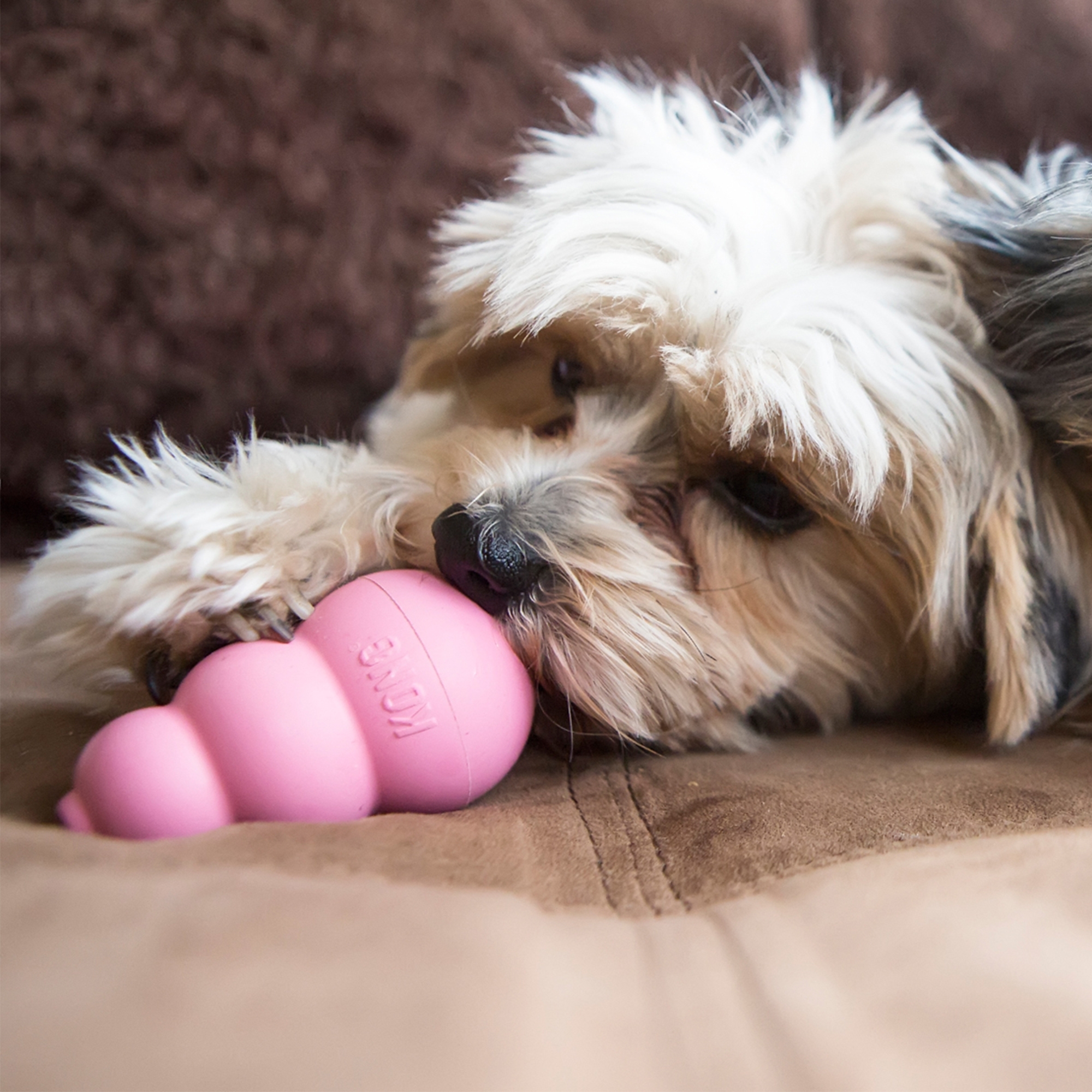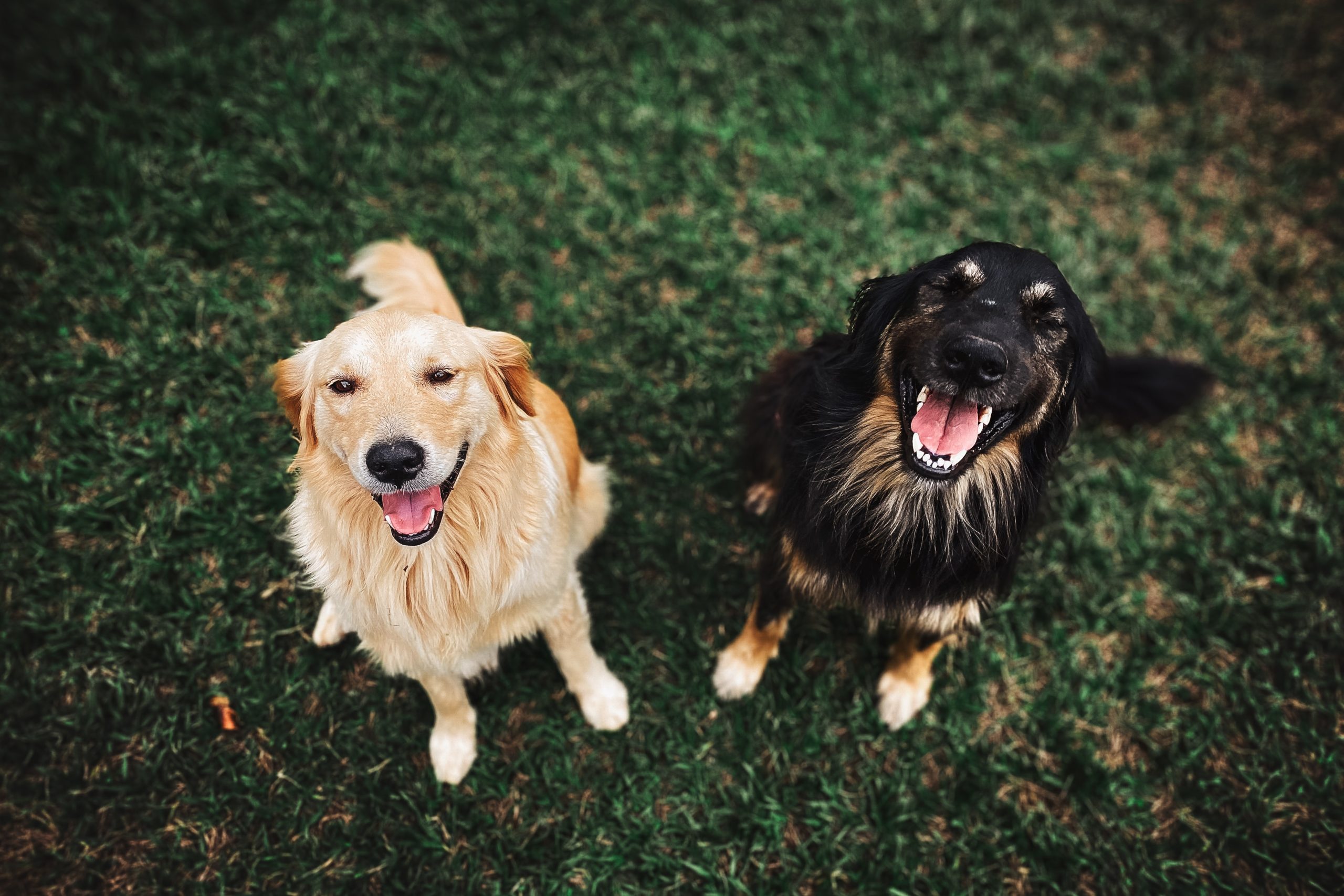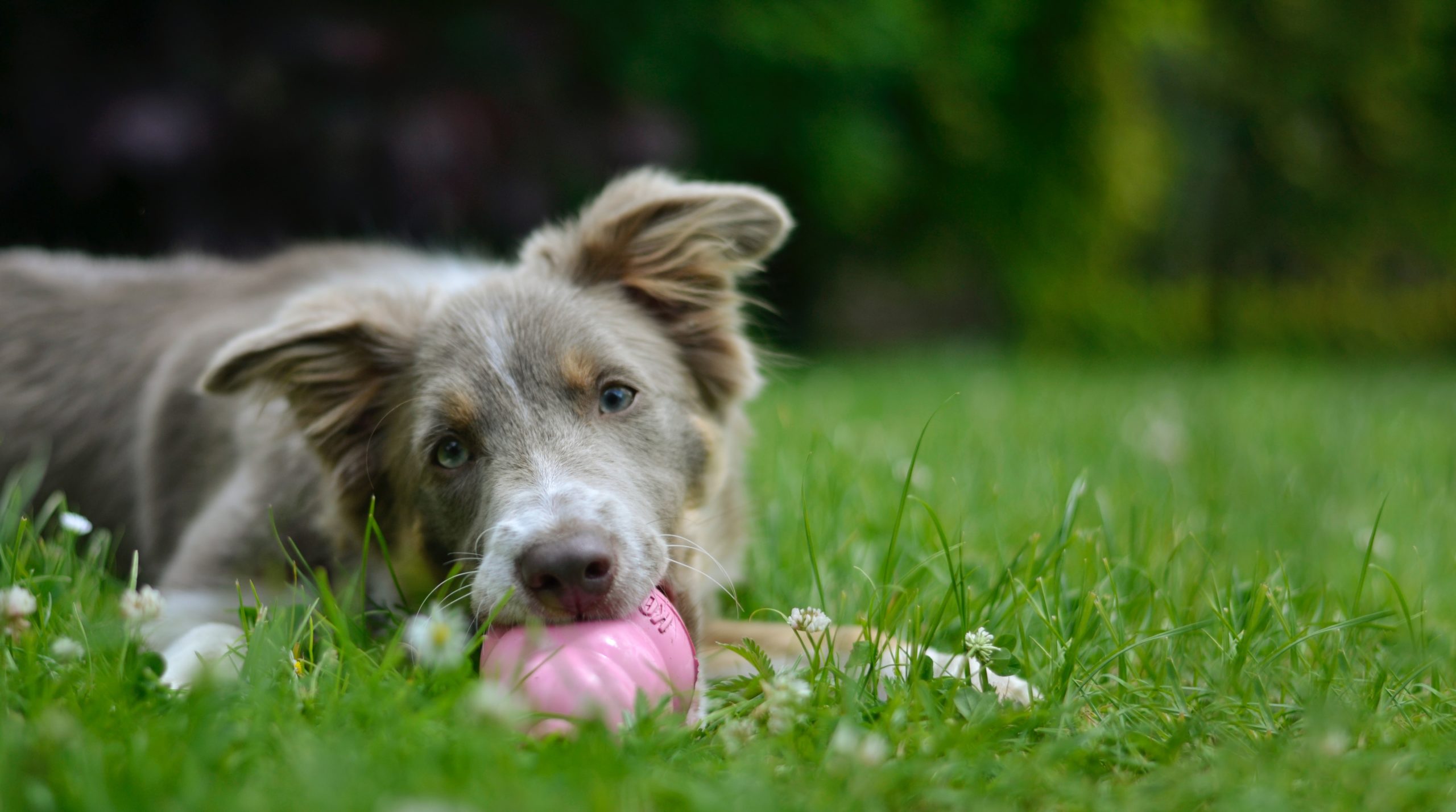Those little puddles or wet patches left behind when your dog gets up may not be ‘bad manners’ on your dog’s part or a toilet training problem. It could be that your dog is incontinent. Urinary incontinence refers to the involuntary passing of urine. It is most commonly caused by inflammation of the urinary tract, or hormone imbalances in older dogs.
Congenital causes of incontinence
If incontinence is present from an early age in female dogs, the cause is more likely to be a congenital problem. Ectopic ureters are the most common anomaly, whereby the ureters empty urine not into the bladder but further down the urinary tract. Diagnosis is confirmed by injecting dye into the bloodstream that is quickly eliminated into the urine, and is visible on X-rays. Treatment involves surgery to transplant the end of the ureter back into the bladder. However, bladder sphincter incompetence can occur in conjunction with ectopic ureter so that surgery does not guarantee a cure. Drugs that increase the competence of the sphincter may be required lifelong after surgery.
Hormone-responsive incontinence
In older dogs, especially desexed females, the problem is most likely to be hormone-responsive incontinence. This is thought to be due to a decrease in oestrogen hormone affecting the sphincter at the outlet of the bladder. However, an increase in water intake in older animals, decreased mobility, and smaller bladder size can also cause incontinence.
As the name suggests, this form of incontinence often responds to hormone therapy in the form of stilboestrol, a female hormone. Tablets are given on a daily basis initially, and then tapered to the lowest possible maintenance dose, often one tablet weekly. Pseudoephedrine also increases the function of the bladder sphincter, although signs of hyper-excitability, panting, and restlessness may be unwanted side effects. Sometimes a combination of the two drugs is required, especially if stilboestrol is required to be given at ever increasing intervals to remain effective, since side effects of excessive stilboestrol include bone marrow suppression.
Older male dogs with incontinence may respond to testosterone therapy. This is given by injection every 4 to 6 weeks.
Urinary tract inflammation
If incontinence is accompanied by signs such as increased urgency to urinate small amounts of sometimes blood-tinged urine, then the diagnosis is more likely to be infection or inflammation of the bladder and urinary tract.
It is diagnosed by urinalysis (testing of urine) to find bacteria, red and white blood cells, or crystals in the urine. A culture and sensitivity test is indicated in these cases to identify the bacteria involved and the most appropriate antibiotic to use. Treatment of urinary tract infections can involve long courses of antibiotics with monitoring of the urine to ensure the infection has been eliminated.
If crystals are present in the urine, they need to be identified to determine the best preventative treatment. This is usually dietary, but may involve the administration of drugs.
Neurological causes of incontinece
Nerve problems affecting the bladder are usually accompanied by other neurological signs and follow trauma (such as fracture of the pelvis) or surgery in the area. There are different treatments for the different types of disorder, and urinary tract infections are common due to inability to completely empty the bladder.
If you think your dog is showing signs of incontinence or is having problems in the ‘wee’ department then it would be best to have him or her examined by your vet.




